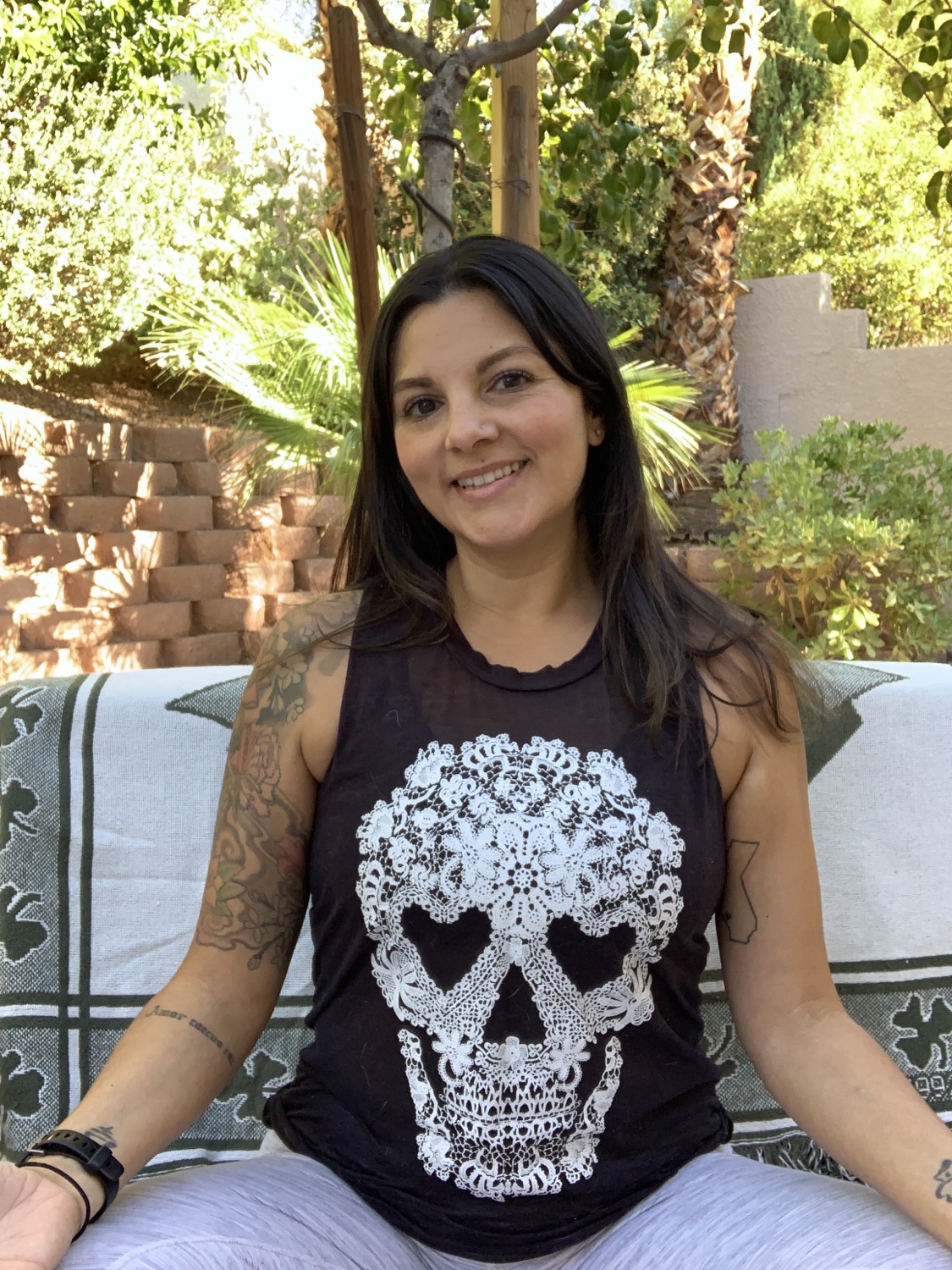Ahimsa: Living It In Real Life
- KC Fitzgerald
- Oct 18, 2020
- 4 min read

As a yoga teacher, I find it to be part of my job description to not only guide people safely into the poses (asana,) but also tie yoga philosophy into the practice. Making the shapes and exploring the poses with the breath can be challenging and fun, but WHY are we doing it? What is driving your practice? What brings you to your mat? To move, to sweat, to slow down, to listen to your innermost thoughts? Whatever first invites you to your mat is fine . . . but as you practice you will see there is more. There is always more. And I hope you stay on this journey to learn more about the yoga philosophy and practice. In Sankrit, "yogas chitta vritti nirodha," explains what yoga is and it means to restrain the fluctuations of the mind-stuff. This is why we practice. This is what drives the practice. Once you experience the mind slowing down and you can begin to hear your body speak, you'll get hooked. The physical practice may be steady and then it will wane, but it will always be there.
For the next 10 weeks, I will be posting about each of the five Yamas -virtues that strengthen and purify the mind (restraints) and five Niyamas -essential principles that strengthen spiritual growth (observances.) Think of yoga like a tree with eight-limbs. Each limb represents an aspect of the practice. All of the limbs are intertwined and are most beneficial when practiced together. The third limb of asana is supported by the fist two limbs; Yamas and Niyamas. It is ideal to know these 10 "principles" to keep yourself safe on the mat. Often times, what happens on the mat; the frustration, worry, fear, anxiety, restlessness in body and mind, mirror what can take place off the mat in real life. You could say your physical asana practice will support you in daily life, if you apply the same restraints and observances off the mat as well.
The first limb of our yoga tree are the Yamas. These are the five restraints, which are actions we refrain from doing or participating in. The first Yama is Ahimsa which is nonviolence or non-injury. This Yama is considered to be the most important according to Patanjali's Yoga Sutras 2.30. It not only applies to humans, but to animals and objects as well. We keep this in mind as we practice on our mat. We make sure to listen to our bodies and not go beyond our limits. If we allow the ego to take over, injury can be quite common. Some say injuries are blessings to humble us and keep us grounded. Some people don't share that same philosophy. My wrist injury definitely grounded and humbled me and taught me to listen to my body better. The aching in my wrist which I ignored and powered through because of my "no pain, no gain" mindset, made my practice come to a halt for over three months. I was forced to slow down and rest because I was not practicing Ahimsa.
Ahimsa does not only apply to physical violence, but injury in our thoughts, words, and the idea of wanting harm to be done to someone or something. This brings me to the idea of self-talk. How kind are we to ourselves when we practice? Do we beat ourselves up when we fall out of a pose? Do we say unkind things in our mind and ridicule ourselves under our breath when we make mistakes? How do we practice Ahimsa towards ourselves off the mat in our daily lives? When we read something on social media and wish harm on someone else because of their words and ideas? Maybe because we don't agree with them we wish them harm? This. This is where we practice our yoga off the mat. Ahimsa can be practiced in our exchanges with people in real life or social media, it can even be practiced on our plate, or by the clothing we choose to wear on our bodies. We can even extend Ahimsa to the places we purchase things from. If child-labor is the means to how a product is produced, we can choose not to buy from those companies.
Be patient with yourself in practicing Ahimsa. Just like how asana is a practice, so is the practice of applying Yamas and Niyamas. We encounter challenges daily in our lives where the Yamas/Niyamas can be practiced. We won't execute them perfectly everyday, but THAT is the practice, to be mindful about the choices we are making. Repetition becomes habit, so make it a good one. Send love and compassion to yourself and to those you don't see eye to eye with. We are all living our own truths and that may be very different from yours or mine. Neither is right nor wrong. They just are. As long as we are not causing harm to any living creature or thing; we are living our yoga. Stay tuned for next week's post on Satya, truth.
Be well.
Stay well.
Namasté,
KC
If anyone is curious about the Yoga Sutras book I refer to: Inside the Yoga Sutras: A Comprehensive Sourcebook for The Study and Practice of Patanjali's Yoga Sutras by Reverend Jaganath Carrera published in 2006







Comments